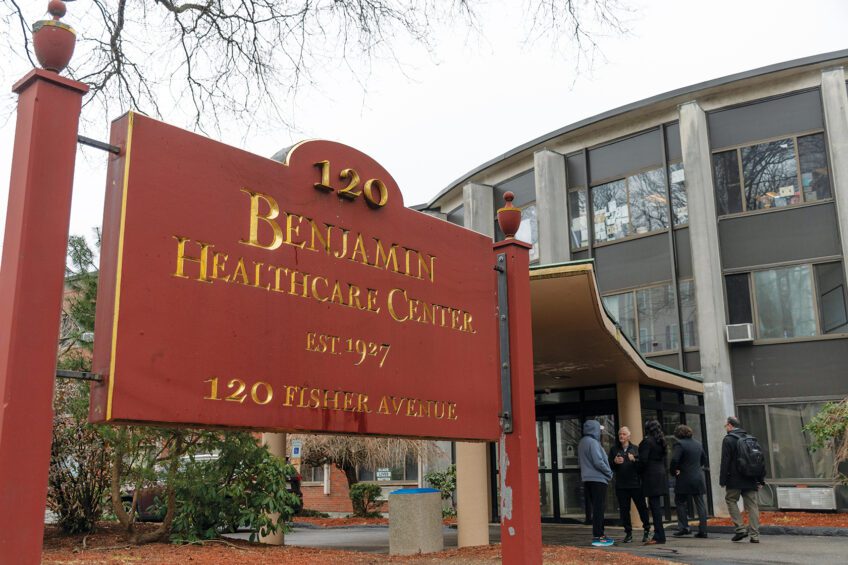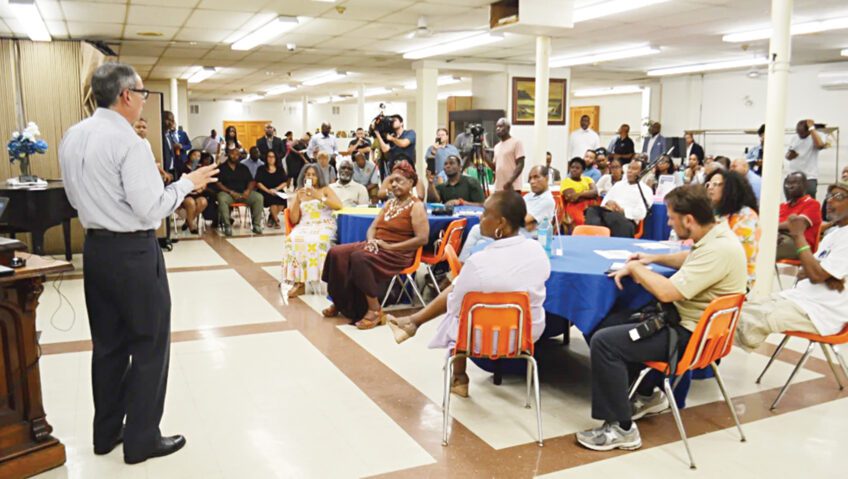
When Barbara Fields took an exam to teach in Boston in the early ‘70s, there were many blacks waiting to be hired, but few in the classroom.
“You’d get placed on the list, but not hired,” she said.
Then came an order from U.S. District Judge W. Arthur Garrity Jr., who presided over the Boston schools’ desegregation plan.
“Judge Garrity ordered that everyone who was on the list be appointed permanently,” Fields recalled.
Fields began at the Shaw Elementary school in Brighton and retired last year as a senior officer in the BPS Office of Equity, a department charged with monitoring employment and educational equity district-wide.
During her five decades in the Boston schools, Fields saw tremendous changes.
“There were so few of us,” she says of her early years. “The environment was different.”
Long before the school department publicly embraced the concept of equity, blacks in the system launched their own effort. In 1965, a group of black teachers founded the Black Educators Alliance of Massachusetts to advocate on behalf of the growing population of African American teachers and students in the schools.
Fifty years later, the organization continues its advocacy on issues including the hiring of black teachers, the achievement gap between white students and students of color, and budget cuts.
Members of the volunteer organization took time out of their work and advocacy schedules to mark its 50th year with a dinner at the Northeastern University institute named for BEAM founding member John D. O’Bryant.
“The fact that BEAM has been here 50 years speaks volumes,” said Richard O’Bryant, director of the center. “You have touched a lot of lives.”
BEAM was founded at a time when there were a handful of black teachers in the system and an extraordinary amount of activism among black parents and students. Nancy Dickerson, BEAM’s current treasurer, recalls one of the early actions the organization undertook.
“We were meeting at the Freedom House,” she said. “We said, ‘What would happen if none of us showed up?’”
The one-day walk-out mirrored the activism of black students in the Boston schools who at the time were protesting such issues as the lack of black teachers and staff, overcrowded conditions in school buildings and the unequal distribution of resources in the schools.
After the desegregation order, the numbers of black teachers, staff and administrators rose, but challenges remained.
Retired teacher Bob Marshall says he benefitted greatly from the support he found at BEAM during his years in the system.
“It’s been a place where black teachers could go to be re-energized, where they could do networking,” he said. “When they had issues with the school system revolving around race, it was a place where they could go for help.”
Marshall and other black teachers turned to BEAM in 1981, when budget cuts meant teachers’ jobs were on the chopping block. The Boston Teachers Union advocated cutting jobs based on seniority, a strategy that would have decimated the population of black teachers, most of whom secured employment after Garrity’s court order.
“Teachers like myself who only had eight or nine years in the system would have been out the door,” Marshall said.
Represented by attorney Nancy Gertner, who later went on to become a federal judge, BEAM was able to make sure the layoffs did not disproportionately fall on black teachers.
Fifty years after its founding, BEAM continues to advocate on behalf of black teachers and the students of color who now make up the majority of the BPS population. The organization also advocates on behalf of black educators and students in other cities and towns in Massachusetts, including Randolph and Springfield. Boston is still out of compliance with the desegregation consent decree which mandated that the city maintain a teaching force that is 25 percent black. Currently, 22 percent of the teachers in the system are black, but 87 percent of the students are people of color. BEAM is still holding the department’s feet to the fire.
“The times have changed, but our issues haven’t changed,” Dickerson said.






